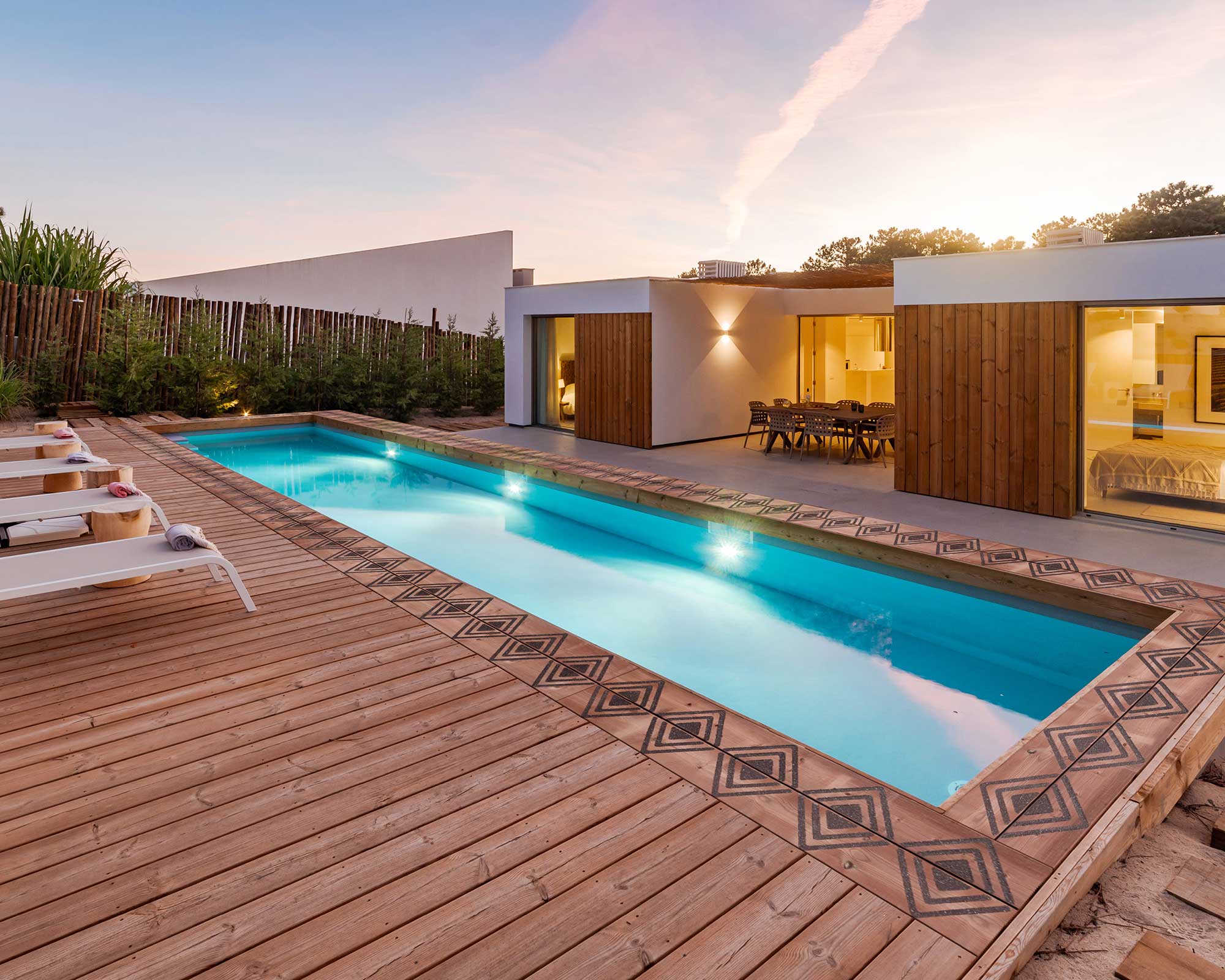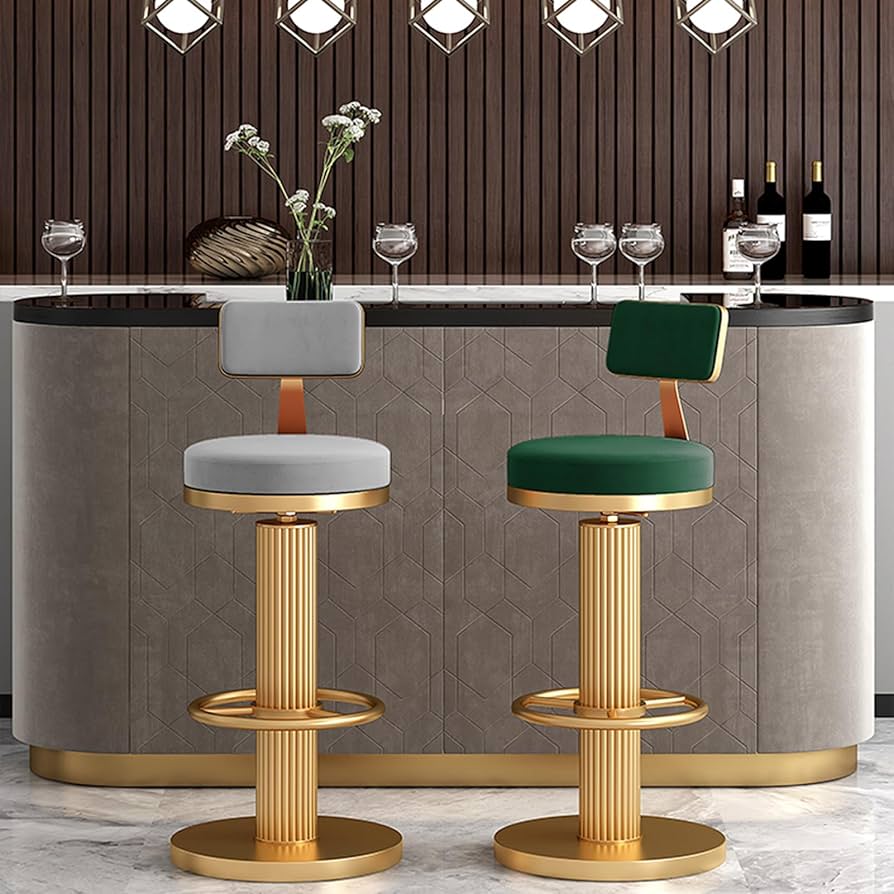Popular Hotel Interior Design Styles in Southeast Asia
Thứ 3, 26/08/2025
Administrator
232
Southeast Asia is home to a diverse hospitality market, where design styles reflect both local culture and global trends. From beachfront resorts to urban business hotels, interior styles not only shape guest experience but also define brand identity. Below are the most favored hotel interior design styles across the region.
1. Tropical Resort Style
This design style is widely used in beach resorts across Thailand, Bali, and Vietnam. It combines natural materials, open layouts, and fresh aesthetics to reflect the surrounding tropical environment.
1.1 Natural Materials and Finishes
Resorts often feature wood, rattan, bamboo, and stone as primary materials because they blend seamlessly with nature while offering durability. These natural finishes age beautifully over time, enhancing authenticity and creating a sense of connection with the local landscape.
1.2 Open-Air Layouts
Large windows, sliding glass doors, and extended verandas are designed to maximize natural airflow and daylight. This open layout creates a continuous transition between indoor comfort and outdoor scenery, allowing guests to feel fully immersed in the tropical atmosphere.
1.3 Decorative Accents
Local crafts, handwoven textiles, and tropical greenery are used to personalize the interiors. Small details like lanterns, water features, or bamboo lamps create a sense of calm and cultural storytelling that elevates the overall guest experience.
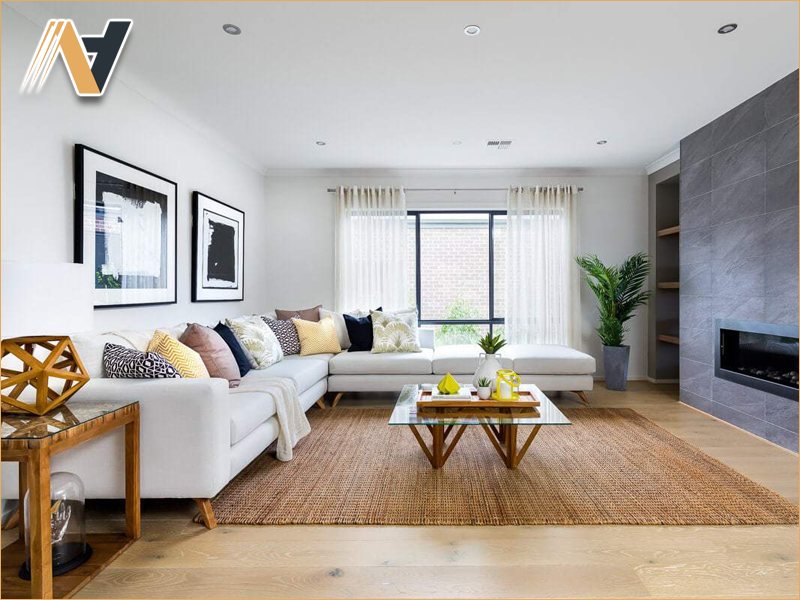
2. Modern Minimalist Style
Minimalist hotels are increasingly popular in Southeast Asia’s urban centers, where efficiency and contemporary aesthetics are highly valued. The focus lies in clean layouts, functional furniture, and an uncluttered atmosphere.
2.1 Clean Lines and Neutral Tones
The use of straight lines, flat surfaces, and neutral colors such as white, gray, and beige creates an understated elegance. This simplicity conveys a calming environment that is easy to maintain while still exuding sophistication.
2.2 Functional Furniture
Every furniture piece serves a purpose and often incorporates hidden storage or modular design. A sofa may transform into a bed, or a desk may fold away when not in use, ensuring space optimization without compromising guest comfort.
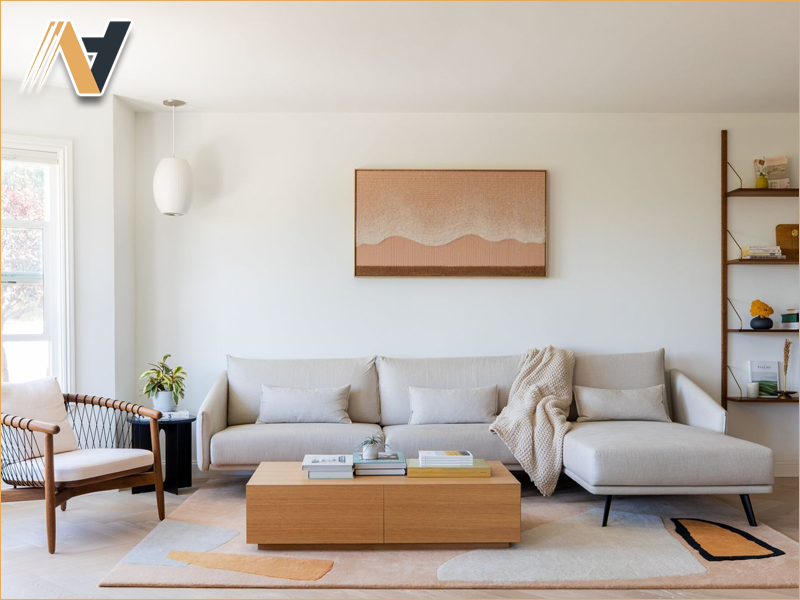
3. Contemporary Luxury Style
Targeting high-end travelers, this design style is prevalent in luxury hotels across Singapore, Kuala Lumpur, and Bangkok. It emphasizes premium finishes, smart technology, and curated aesthetics to deliver a sense of exclusivity.
3.1 Premium Materials
Luxury hotels highlight materials such as marble, polished hardwood, leather, and brass to convey refinement. These high-end finishes not only elevate aesthetics but also symbolize quality and longevity, aligning with five-star brand positioning.
3.2 Smart Integration
Technology is seamlessly embedded into the design through automated lighting, smart curtains, and climate control systems. Guests can personalize their environment effortlessly, which adds convenience and reinforces the perception of luxury living.
3.3 Art and Statement Pieces
Oversized chandeliers, custom sculptures, or curated paintings are often central elements of the design. They serve as visual anchors that enhance brand storytelling and ensure the hotel remains memorable in the minds of its guests.

4. Culturally Inspired Style
Hotels across Southeast Asia increasingly embrace cultural identity to differentiate themselves. By integrating local artistry, materials, and motifs, properties create a strong sense of place that resonates deeply with travelers.
4.1 Vietnamese and Thai Influences
Hotels in Vietnam and Thailand often use lacquerware, silk, carved wood panels, and rattan furniture. These elements reflect traditional artistry while being adapted into contemporary interiors, creating harmony between authenticity and modern comfort.
4.2 Balinese and Javanese Elements
Carved stone statues, open pavilions, and wooden ceilings are iconic in Indonesian-inspired designs. They convey spirituality and cultural depth, offering guests a unique experience that cannot be replicated elsewhere.
4.3 Fusion Approaches
Some properties mix traditional influences with modern design to appeal to international guests. For example, a hotel might pair minimalist furniture with local woven textiles, balancing global elegance with local storytelling.
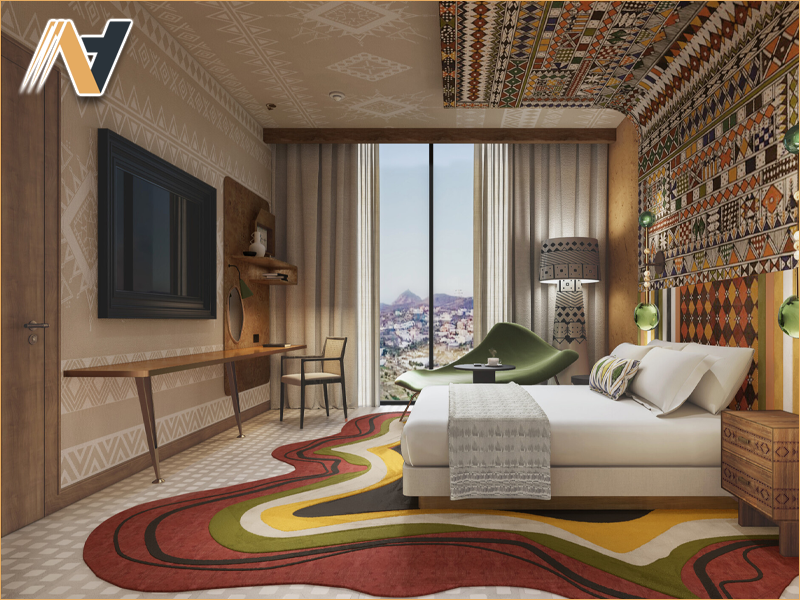
5. Eco-Friendly and Sustainable Style
Sustainability is no longer an option but a necessity in Southeast Asia’s hospitality industry. Hotels are incorporating green practices into their interiors to meet both guest expectations and global standards.
5.1 Renewable Materials
The use of bamboo, reclaimed wood, recycled glass, and organic fabrics showcases environmental responsibility. These materials not only reduce ecological footprint but also provide natural textures that enhance the visual appeal of interiors.
5.2 Energy-Efficient Design
Solar panels, LED systems, and natural ventilation are increasingly integrated into hotel projects. Such practices lower operational costs while helping properties position themselves as environmentally conscious brands.
5.3 Biophilic Features
Indoor gardens, green walls, and water installations bring nature directly into guest spaces. This approach improves air quality, reduces stress, and creates an atmosphere that promotes wellness and relaxation.
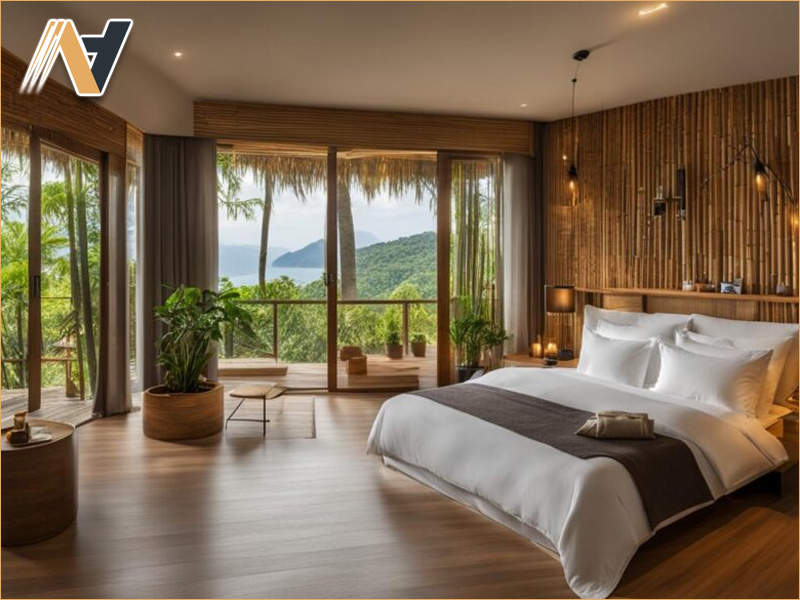
6. Conclusion
With extensive experience in Vietnam hotel furniture OEM, Ngoc Hoang Anh specializes in manufacturing and custom production of high-quality hospitality interiors. We partner with international clients to deliver durable, elegant, and sustainable furniture that meets global standards. Contact us today to discuss your sourcing needs and discover tailored solutions for your next hotel project.
-----
NGOC HOANG ANH TRADING COMPANY LIMITED
Tax Code: 3702874413
Address: No. 288/28/10 Huynh Van Luy Street, Zone 7, Phu Loi Ward, Ho Chi Minh City, Vietnam
Warehouse: No. 1/91, Thuan Giao 02 Street, Binh Thuan 2 Residential Quarter, Thuan Giao Ward, Ho Chi Minh City, Vietnam
Phone/Whatsapp/Wechat: +84342076666
Email: info@ngochoanganh.com.vn

